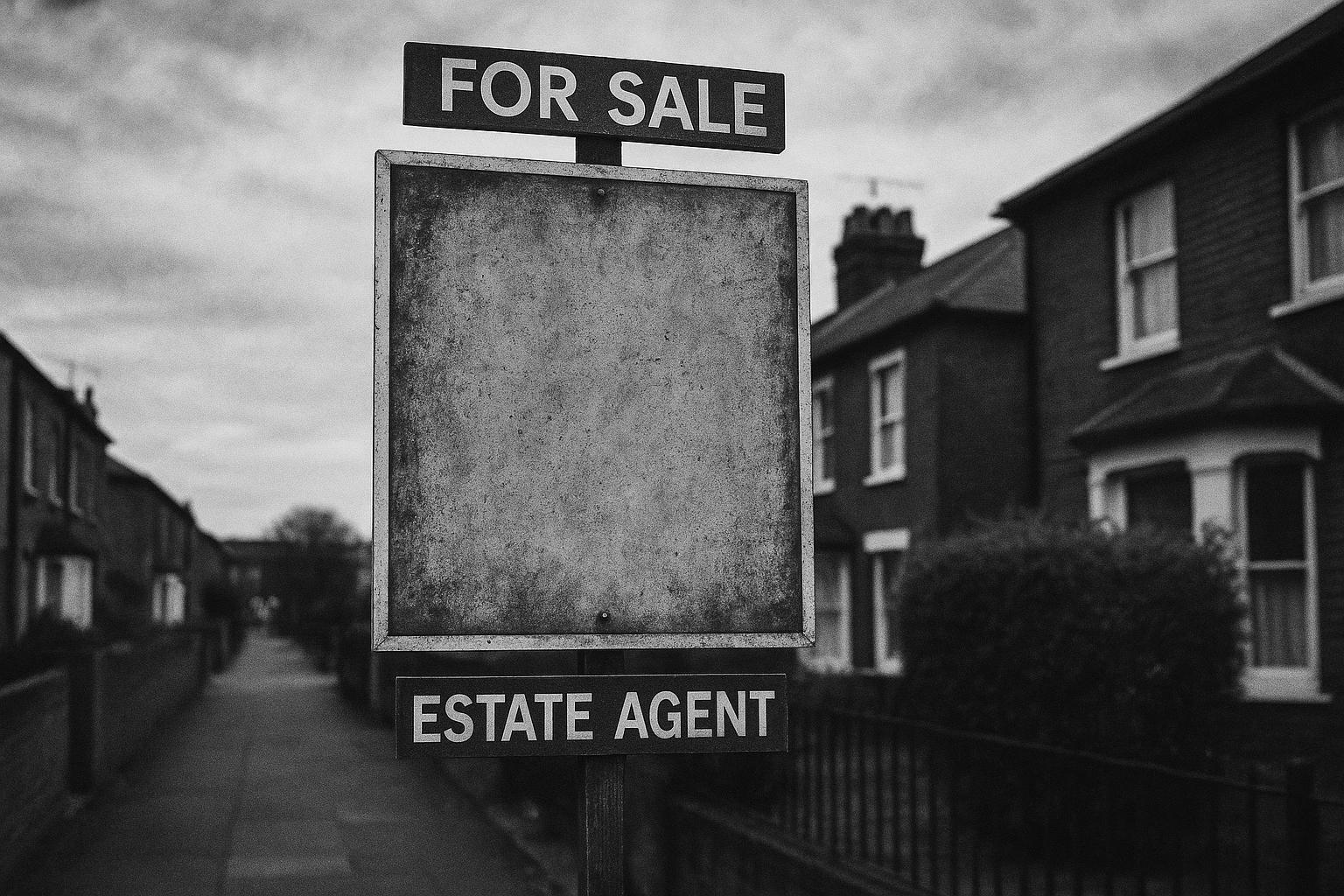Wealth inequality across the UK has been increasingly shaped by property wealth, with significant regional variations, particularly between London, the South East, and other parts of the country. Recent analysis reveals that property wealth has played a crucial role in widening disparities, especially in London where house price surges—which are compounded by inequalities in homeownership—have intensified wealth gaps. In contrast, the South East displays a comparatively more even distribution of property wealth, suggesting that gains from rising house prices there have been shared more broadly across families.
A deeper look into the UK's wealth landscape shows that the richest 10% of households own about half of all household assets, a proportion that has remained stable since the 1980s. However, the divide between these ultra-wealthy households and median earners has grown markedly. Between 2020 and 2022, this gap widened to the equivalent of 52 years of average income, up from 38 years in 2006-2008. Moreover, age-related wealth disparities have escalated, with the gap between individuals in their early 30s and those in their early 60s more than doubling to £310,000. London’s soaring property prices are a key driver behind the sharp increase in wealth inequality in the capital. Yet, this trend raises complex policy challenges; senior economists caution that wealth taxation proposals targeting these disparities could disproportionately affect pensioners and homeowners in the South more than the ultra-rich.
Regional wealth divides are stark, with surveys revealing that household wealth in the South East increased by 43% from 2006 to recent years, reaching an average of over £500,000, while the North East’s household wealth remains below £170,000. Such disparities are closely linked to housing market dynamics—London’s average house price, at nearly £500,000 in 2020, was almost double the England-wide average. These entrenched inequalities reflect decades of persistent inflation in property prices in London and surrounding areas, shaping an environment where property wealth is increasingly concentrated among homeowners in affluent regions. This, in turn, exacerbates the divide between homeowners and renters, as well as between those with mortgage equity and those without.
Historical data further illustrates the evolving nature of wealth inequality in the UK. Between 1995 and 2005, wealth inequality saw a decline driven primarily by rising homeownership during a property boom. However, since the mid-2000s, diminishing homeownership among the less wealthy, particularly the bottom 50%, has reversed this trend. Meanwhile, homeownership rates for the wealthiest have ticked up, further concentrating property wealth at the top. This consolidation of wealth has fueled a rise in inequality as measured by the Gini coefficient, underscoring the critical role that property ownership plays in the UK’s wealth distribution.
Despite a narrowing of geographical inequalities in income since the early 2000s, wealth inequalities have widened substantially, especially in terms of property and financial assets. For instance, property wealth in London and the South East grew by 150% and 50%, respectively, over the decade leading up to 2018, contrasting sharply with a mere 3% increase in the North East. This divergence points to how housing wealth has become a pivotal factor in regional economic imbalance, even as income disparities after housing costs have converged slightly.
Housing wealth inequality is also a generational issue, with growing concern that rising disparities in property values between regions and between owners and renters will perpetuate and even deepen wealth gaps across generations. Wealth in property is being transferred to descendants, potentially reinforcing unequal life opportunities. There is an increasing awareness that housing wealth is not only unevenly distributed across society, but also within homeowner groups—those with substantial equity in highly coveted areas benefit vastly more than those with heavy mortgage burdens or modest equity.
This pattern of reconcentration of housing wealth among the affluent drives both heightened wealth inequality and a skewed rental market dynamic, where relatively poorer renters sustain the wealthier property owners through rent payments. Comparatively, affluent homeowners in prime locations see their wealth inflated through property price rises, while many renters or equity-poor owners see negligible or negative returns. This dual effect underscores housing’s role as a unique engine of inequality.
Taken together, rising property prices combined with uneven homeownership rates have entrenched wealth disparities in the UK, with London and the South East positioned as epicentres of wealth concentration. Addressing these challenges remains complex, given the intertwined nature of housing markets, intergenerational wealth transfers, and regional economic disparities.
📌 Reference Map:
- Paragraph 1 – [1], [6]
- Paragraph 2 – [2], [1]
- Paragraph 3 – [3], [5]
- Paragraph 4 – [4], [1]
- Paragraph 5 – [5]
- Paragraph 6 – [6], [1], [7]
- Paragraph 7 – [7], [1]
Source: Noah Wire Services
